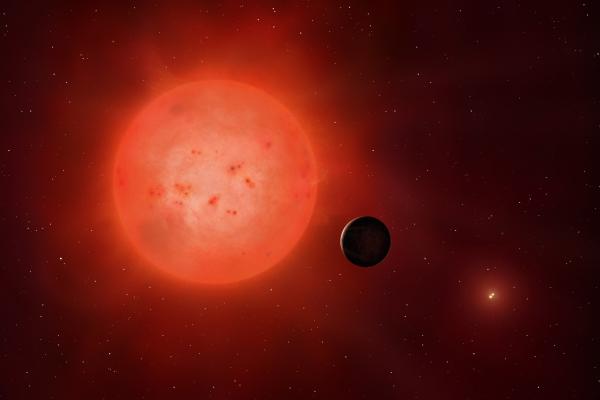
Title: Separating Stellar Activity from Planet Signals in Radial Velocity
Surveys
Speaker: Victor Ramirez Delgado (Delaware)
Abstract:
Finding Earth-like planets around Sun-like stars requires detecting a radial velocity amplitude of approximately 10 cm/s. Next-generation spectrographs such as EXPRES, NEID and ESPRESSO are providing new extreme-precision RVs (EPRVs) with sub-m/s precision. At this level of RV precision, stellar activity poses the greatest challenge in finding these weak planetary signals. Surface rotation, starspots, oscillations and granulation are all sources of noise that manifest in RV observations with RV amplitudes on the order of m/s. Additionally, unevenly spaced observations cause spectral window artifacts in the Lomb-Scargle periodogram that can be misinterpreted as real signals. Therefore, discovering Earth analogs not only requires extremely precise instruments but also new techniques for understanding and mitigating stellar activity. In this talk, I will outline several time series analysis methods developed to separate stellar activity and spurious periodogram peaks from planet signals, and their application into RV data sets. First, Welch's power spectrum presents an alternative to the Lomb-Scargle periodogram to help mitigate the frequency domain variance. Second, we can compute the magnitude-squared coherence between activity indicators and RV time series to disentangle stellar activity signals. Lastly, we can subtract the stellar activity signals from the RVs by using Gaussian process models that account for the quasi-periodic nature of stellar activity.
